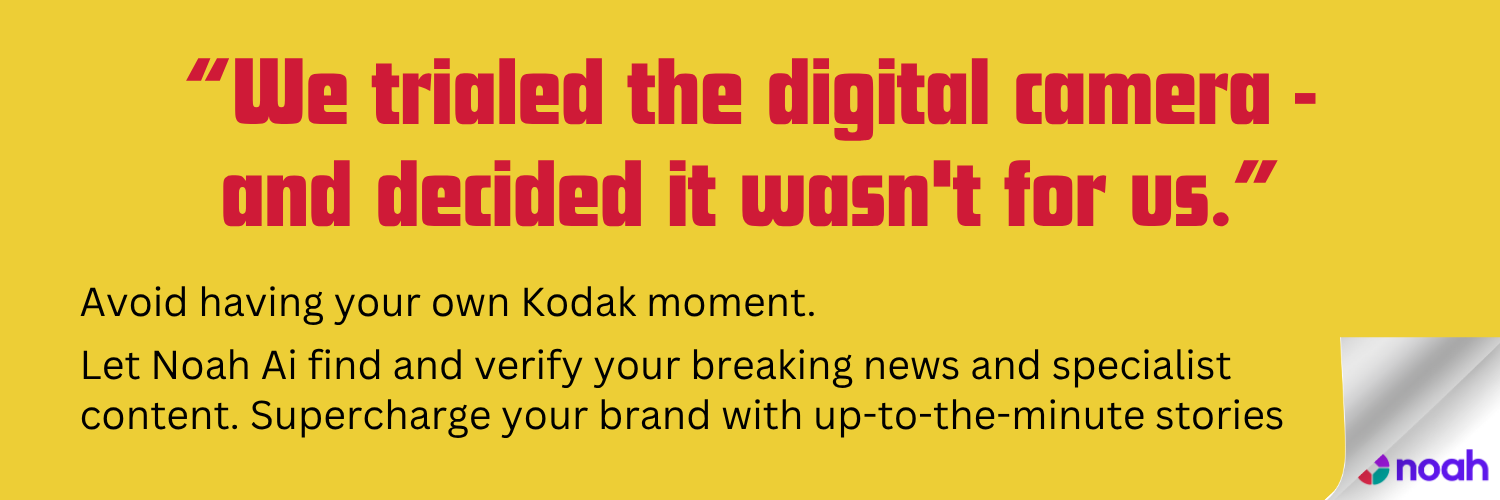Experts warn that doomscrolling, the compulsive consumption of negative news online, poses serious risks to mental well-being, prompting calls for healthier digital habits.
In the era dominated by the Internet and the ubiquitous presence of social media, a new behavioural phenomenon known as ‘doomscrolling’ has emerged, gaining significant attention due to its potential impact on mental health. Doomscrolling refers to the compulsive act of consuming large amounts of negative and distressing news online, often leading to extended periods of time spent browsing on digital devices in a search for content that is alarming or perceived as a threat.
The term ‘doomscrolling’ became prominent during 2020, a year marked by the global COVID-19 pandemic, with the Oxford English Dictionary recognising it as a notable word of the year. Experts continue to monitor the phenomenon, noting its persistence and ongoing risk to mental well-being even four years later. A key factor driving this behaviour is the constant exposure to social media, which tends to promote a cycle of viewing distressing content, exacerbating the issue.
Dr. Sanam Hafeez, a neuropsychologist and the founder of Comprehensive Consultation Psychological Services, highlights several ways in which doomscrolling can negatively affect the human brain. The constant flow of negative news can increase anxiety levels by activating the amygdala, leading to heightened states of fear and the fight or flight response. This continuous exposure can also cause desensitisation, diminishing the ability to empathise with others. Furthermore, it can foster a pessimistic worldview that skews reality, affecting an individual’s perception of challenges as being insurmountable.
A notable consequence of doomscrolling is its effect on dopamine levels. While dopamine releases normally result in feelings of satisfaction, excessive doomscrolling disrupts this balance, leading to distress rather than pleasure. Additionally, the habit can interfere with sleep patterns due to the stimulating nature of the content and the blue light emitted by screens, which worsens stress and anxiety. Dr. Hafeez also noted the physiological impact on individuals, mentioning that the heart rate may increase and cortisol levels may elevate within minutes of consuming distressing media, with a return to baseline taking between 30 and 90 minutes.
The Mayo Clinic further elaborates on the broader implications of doomscrolling, suggesting its influence on mood and social health, as well as a potential decrease in physical exercise due to increased screen time.
To counteract the effects of doomscrolling, Dr. Hafeez advises engaging in activities that promote relaxation and well-being. These could include physical exercises like walking, or mental practices such as deep breathing and meditation. Taking regular breaks from mobile devices and social media is also recommended to allow for mental recovery.
Harvard Health Publishing proposes additional strategies, such as implementing regular mood checks during social media use to assess emotional states, setting time limits for online activities, and using apps to monitor and limit screen time. They also suggest replacing screen time with healthier activities that may have been neglected.
With the rapid pace of technological advancement and the growing influence of digital platforms, the phenomenon of doomscrolling presents a significant challenge that individuals and health professionals are keen to address. It highlights an urgent need to foster healthier digital habits and develop greater awareness of the impacts of prolonged negative news consumption on mental health.
Source: Noah Wire Services








